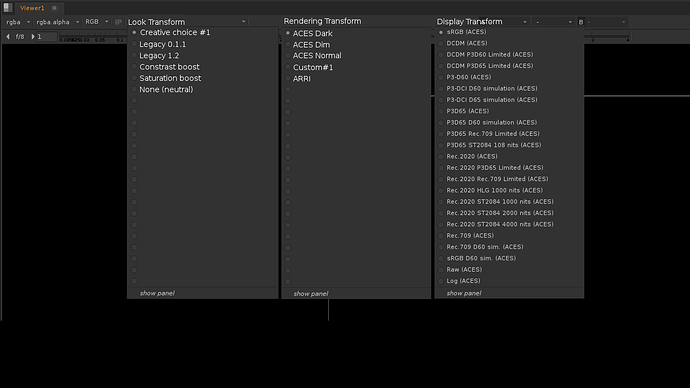Yeah I like it as well.
I think Daniele’s idea will give us flexibility and is a win-win for everybody. This proposition could give us a nice structure/framework for the Output Transform while still working on a great vanilla transform.
That’s the beauty of it : not mutually exclusive. Here is a link to the original post from Daniele if you haven’t read it.
This idea was proposed during meeting#2, discussed a bit during meeting#3 but I think it is a good thing that it was brought back during meeting#5. It’s like the whole conversation was going around this idea without clearly mentioning it…
A good next step would be to see it in a diagram I guess. I have been thinking about which consequences it would have like in an OCIO config :

Or in Nuke Viewer (that’s probably more appropriate) :
Anyway, this is just me fiddling around.  Exciting times !
Exciting times !
Chris
